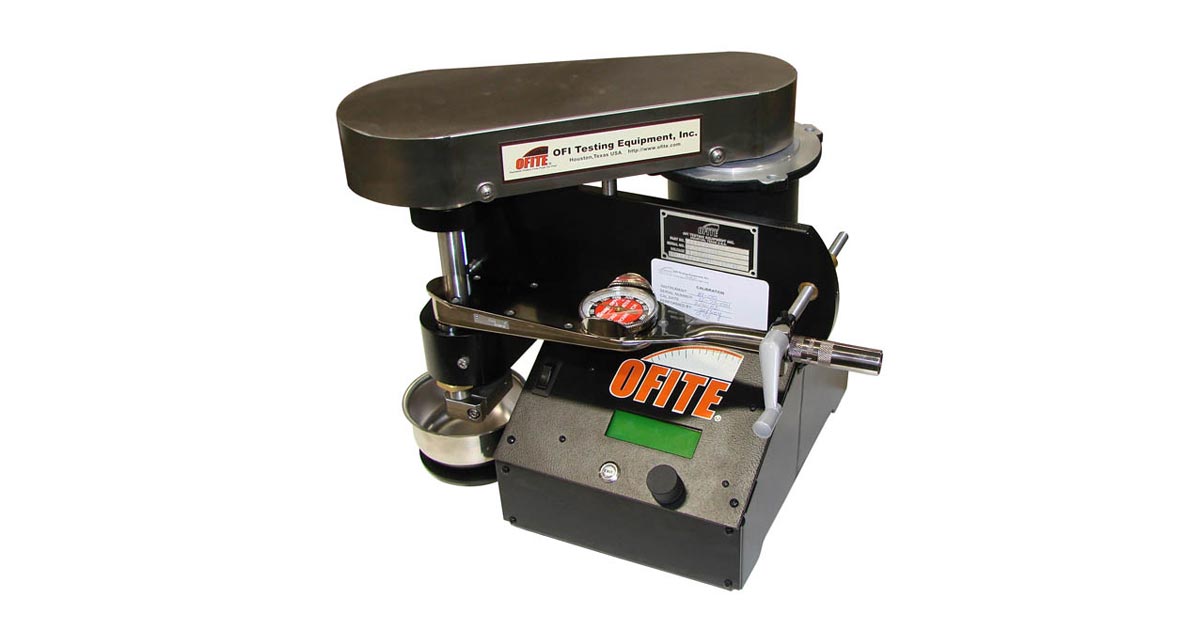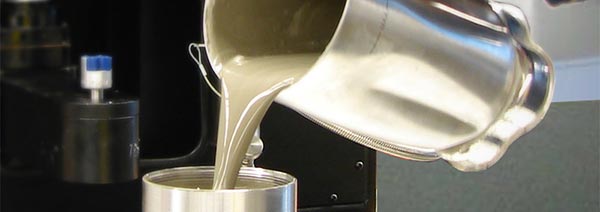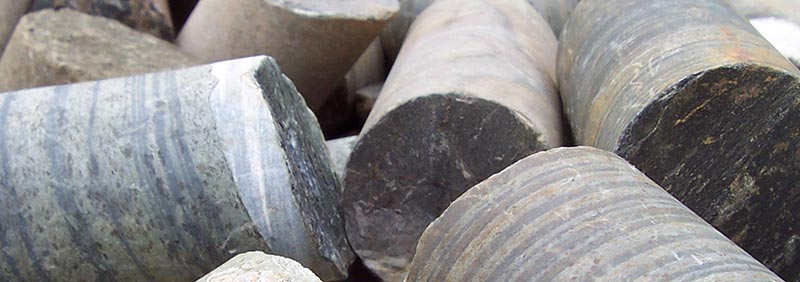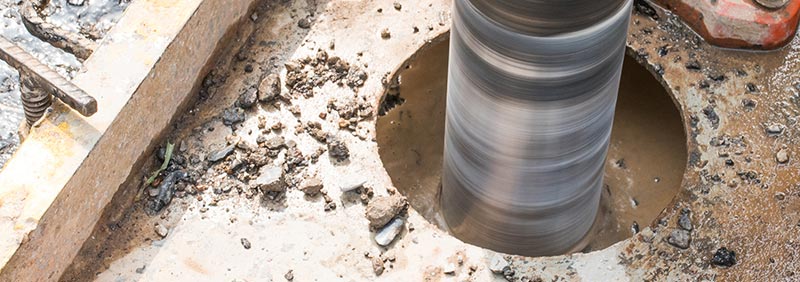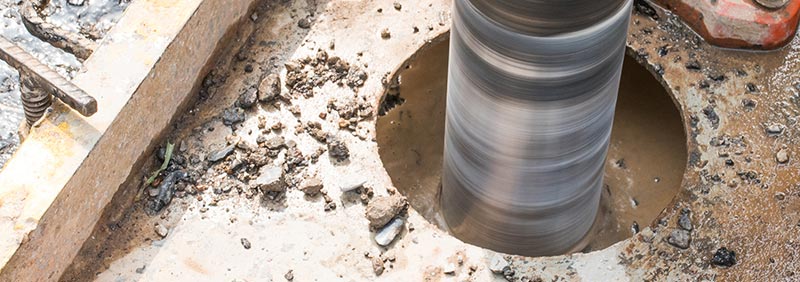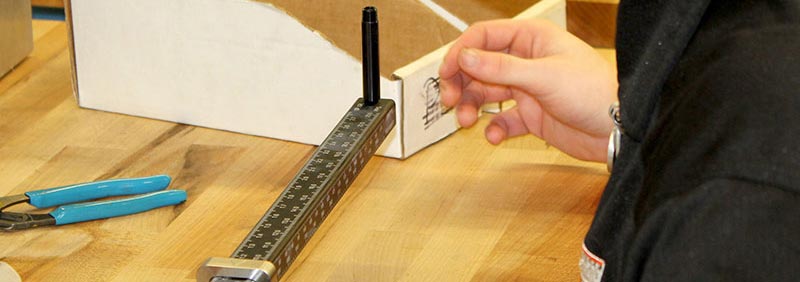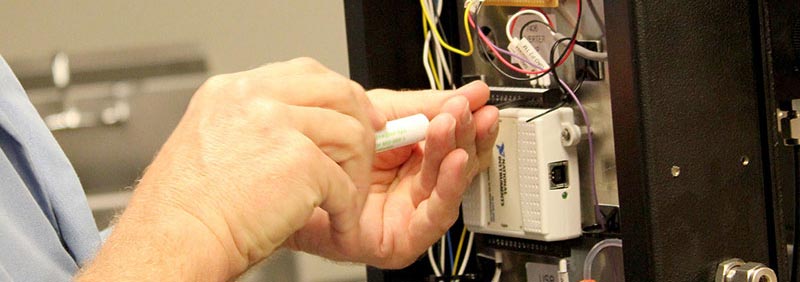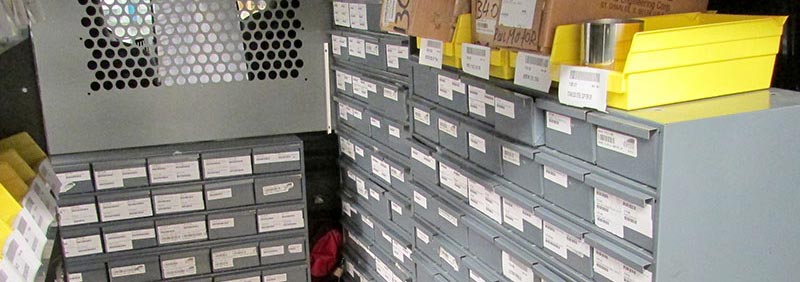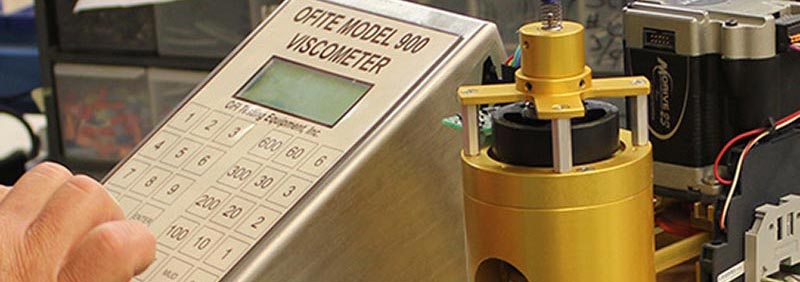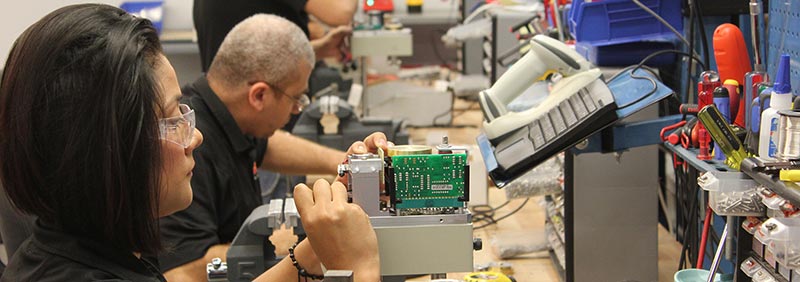Newsroom
Testing the Lubricating Properties of Drilling Fluids
The lubricating properties of drilling fluids are an important factor in well design. Deviated holes are particularly susceptible to excess drag between the drill string and casing. Serious casing wear can also occur in deep and ultra-deep wells and is further complicated by tripping in and out of the hole.
The challenge for mud engineers is to design a drilling fluid system that adequately lubricates the drill string without compromising other physical properties such as density, rheology, and filtration. To test the drilling fluid, engineers use a specially designed Lubricity Tester. This instrument simulates the rotation of the drill string and the pressure of the drill pipe against the casing. A stationary block is pressed against a rotating ring while both are submerged in the test fluid. The control board measures the torque necessary to turn the ring at a constant speed and converts that into the coefficient of friction.
A typical lubricity test suite begins with a base mud. Lubricants are then added for each subsequent test and the results are compared. A lower coefficient of friction indicates a more effective lubricant. Many materials, such as graphite, fine mica, diesel, or crude oil have been used to improve lubricity.

